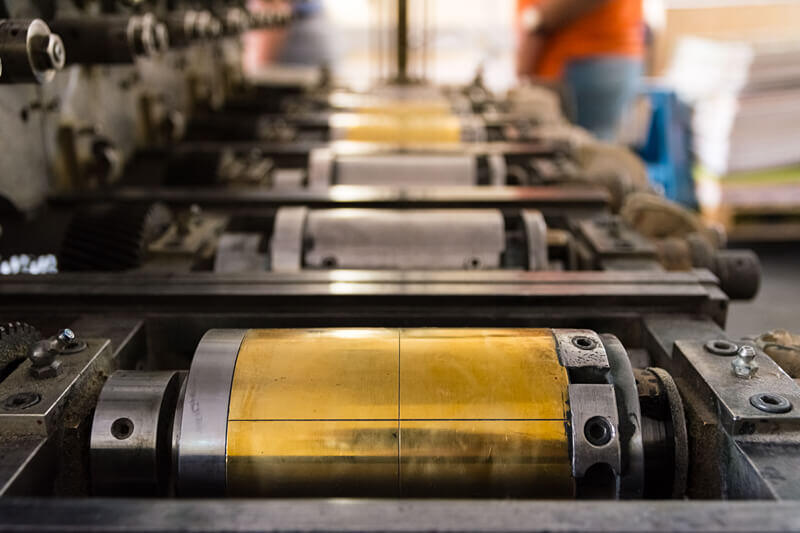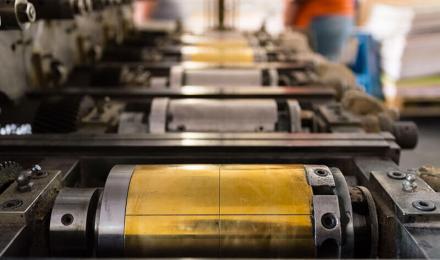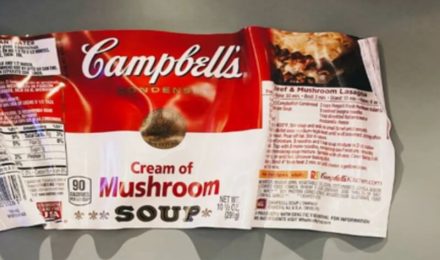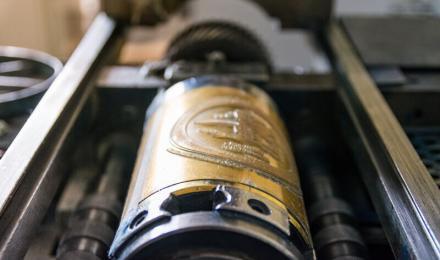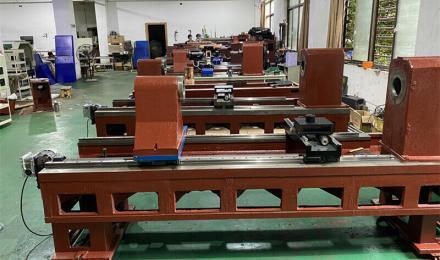In the printing industry, especially gravure printing, plate roller is very crucial. This is one component that is key in determining the quality of the printing. If the plate cylinder’s quality is bad, you cannot get a quality print no matter how much you try.
That’s why the production of high-precision plate rollers is very critical. The process is carried out in a manner that the product is of the desired quality. In this guide, we are going to look at some of the key features you need to look for in the process of designing and making high-precision plate rollers in gravure printing.
This is how the process of making high-precision plate rollers in gravure printing should look like:
1. Selecting Materials
The first to making high-precision plate cylinders in gravure printing is the selection of the materials. This is one of the mistakes that most people get wrong, and it ends up costing them a lot. There are all kinds of material used to make gravure plate cylinders, but not all of them cab the used for printing you do.
Start with doing a little bit of research on the kind of gravure printing you work on and the printing cylinder’s nest material. The most widely used material for these cylinders is steel. But there are all types of steel grades and alloys to select from.
However, aluminum has also been gaining popularity in the making of high-precision plate rollers for gravure printing. Have you also noted the increasing use of plastic gravure cylinders? Well, this means you have plenty of options when it comes to materials for these shafts. Select the best material based on your needs and not the cost.
2. Copper Plating
The second step in the making of high-precision plate rollers in gravure printing is copper plating. No matter how good and precise the process is, copper plating is a process that’s crucial in helping meet the requirement. But this is one of the steps that most people avoid because of the cost that comes with it. Copper is quite expensive.
Don’t confuse this copper layer with the engraving one. They are not the same, and this one should not be engraved on. This layer is simply put to the newly made plate cylinder for engraving to improve its precision requirements. But how does it do this and not any other metals?
The diameter of the newly made cylinder drum tolerance should be within 10μm. To achieve such precision, you need to use copper layers. Note that the copper layer has about 600μm thickness. When the initial copper layer is coated again with a corrosion and engraving layer, the thickness is variation will meet the required standards. That copper plating is a crucial step.
3. Producing Plate Images
With the gravure drum complete and the copper plating done, you need to start making images. Most people get the process of producing images wrong, and this ends up costing them a lot. They waste a lot of time and products end up throwing them into the trash bin. The produce of creating images should be meticulous.
Start with applying an anti-corrosion film to create the image. You can also use carbon paper or photoresponsive resin for this. Use a very high-sensitive resin or black primer to create the image using the laser. You can also engrave the copper plated cylinder directly without treatment. There are technologies coming to reduce the reliance on copper by using alloys and resins layers. They might make the process of making images faster and cheaper.
4. Chrome-Plating Treatment
The last stage in making high-precision plate rollers for gravure printing is chrome plating. Now that the gravure cylinder production is complete and the engraving on it, you need to protect the delicate copper layer. That’s why coating the drum with at least 10μm of chromium material is crucial. If you don’t have this layer, you will have a problem with a long use of the cylinder.
That’s how you make high-precision plate rollers in gravure printing. With these four steps, you will have high-quality printing due to the quality of the cylinder. Get the right material for the right weight. Remember to use quality ink for printing.

